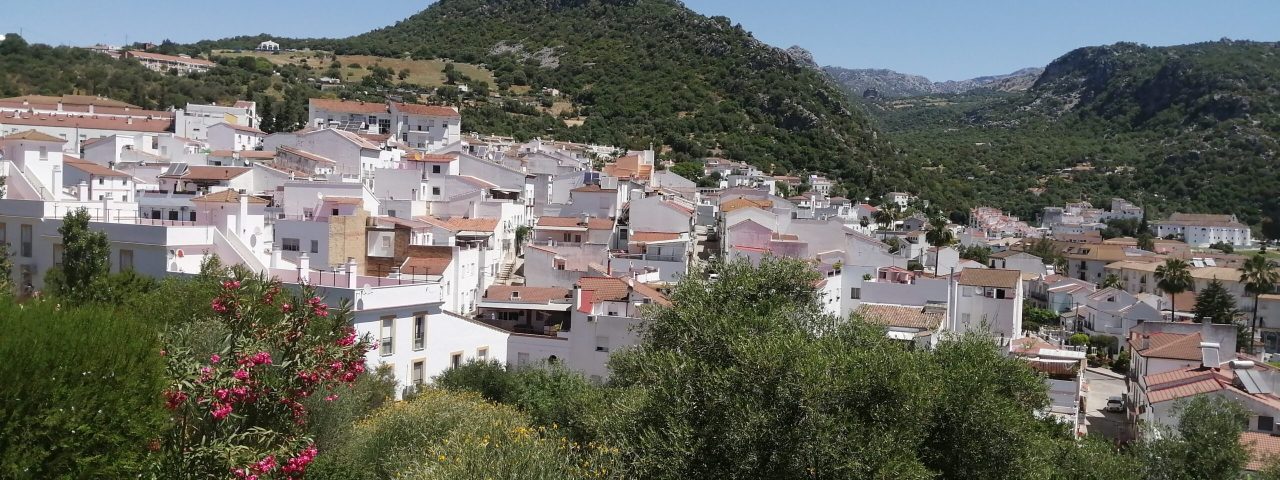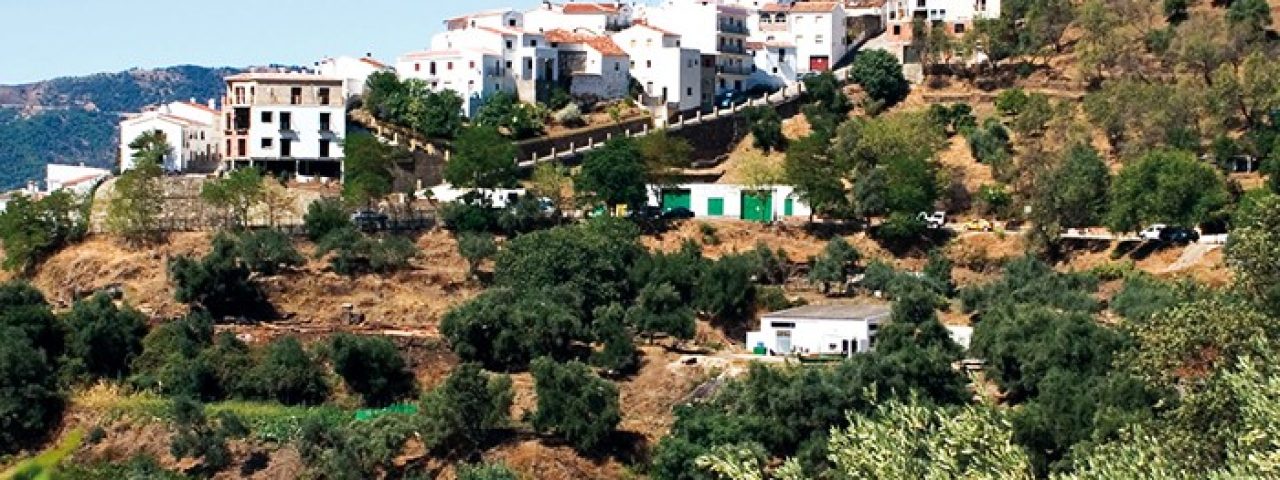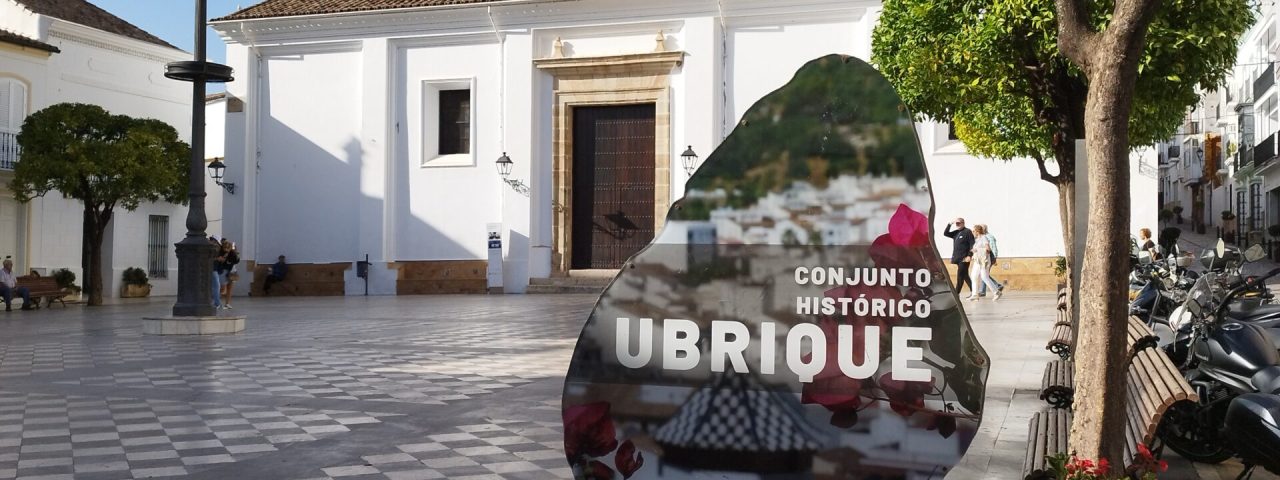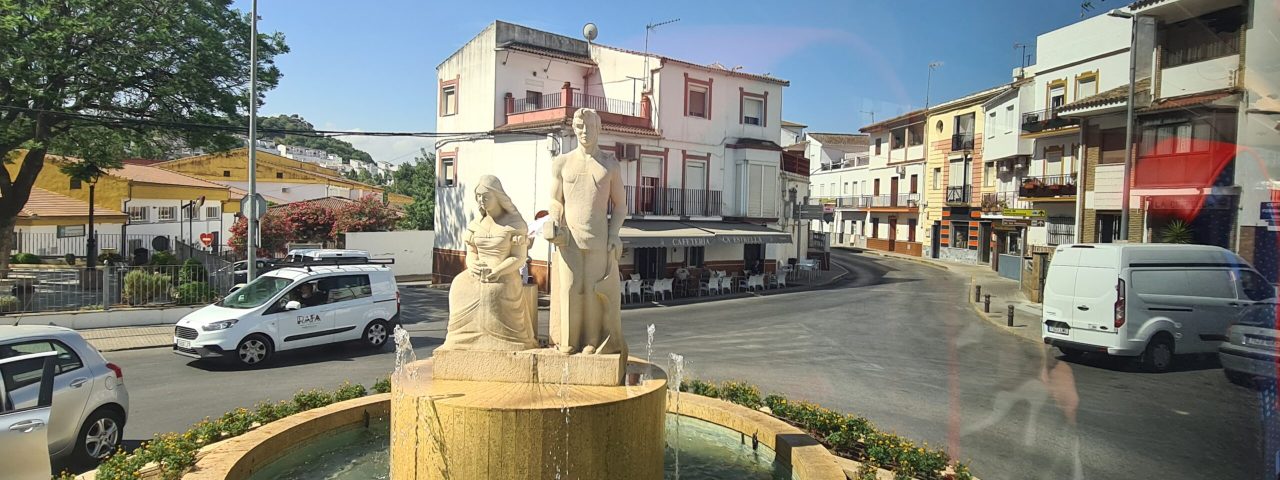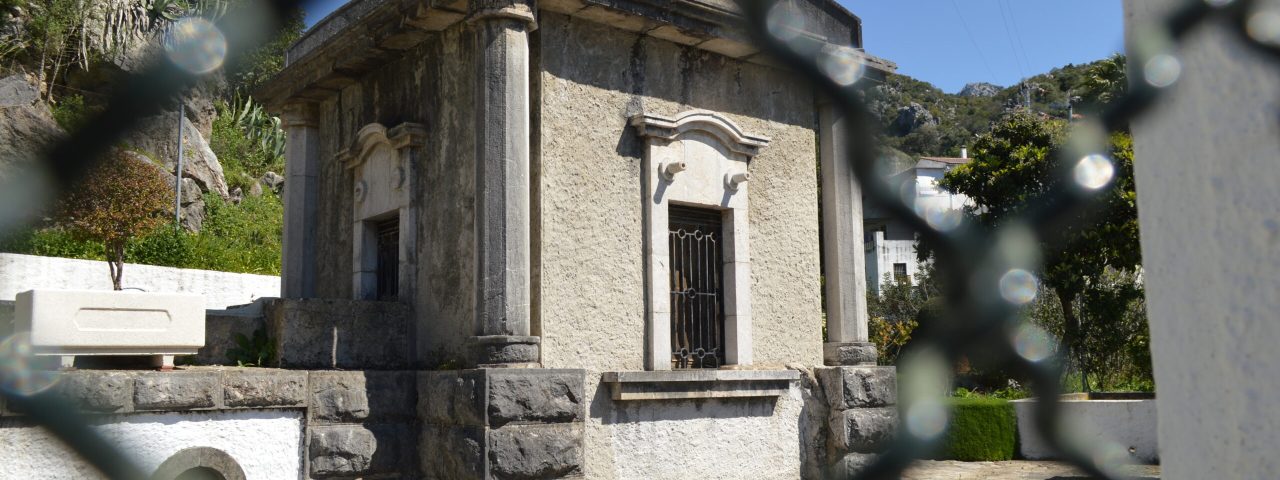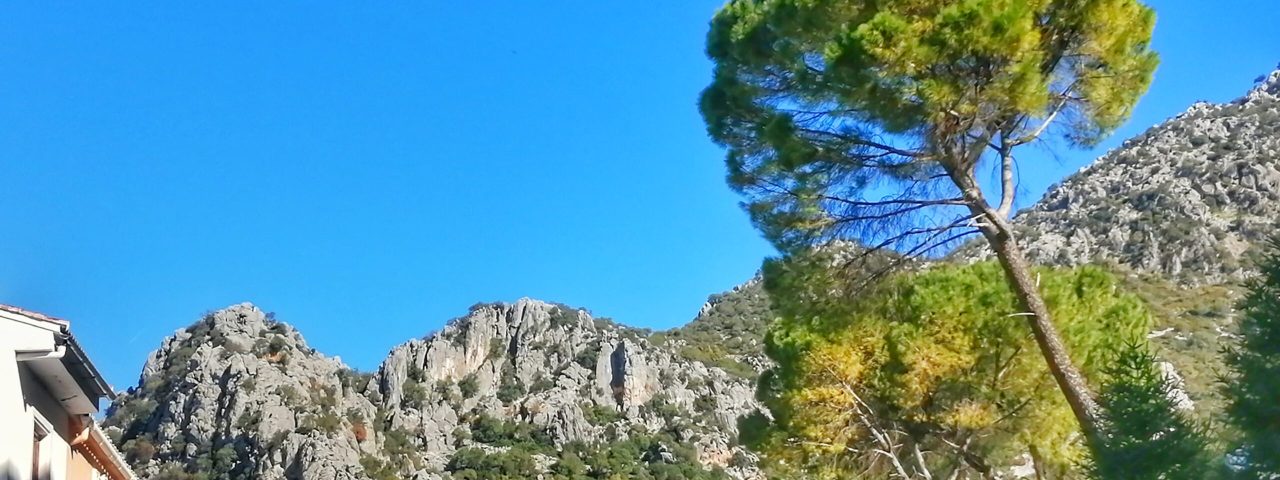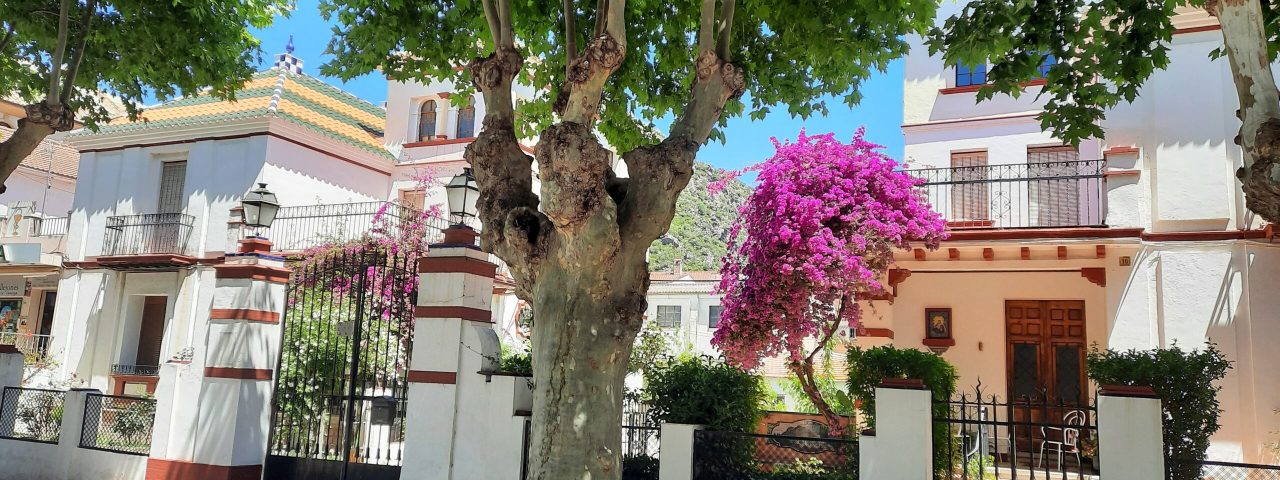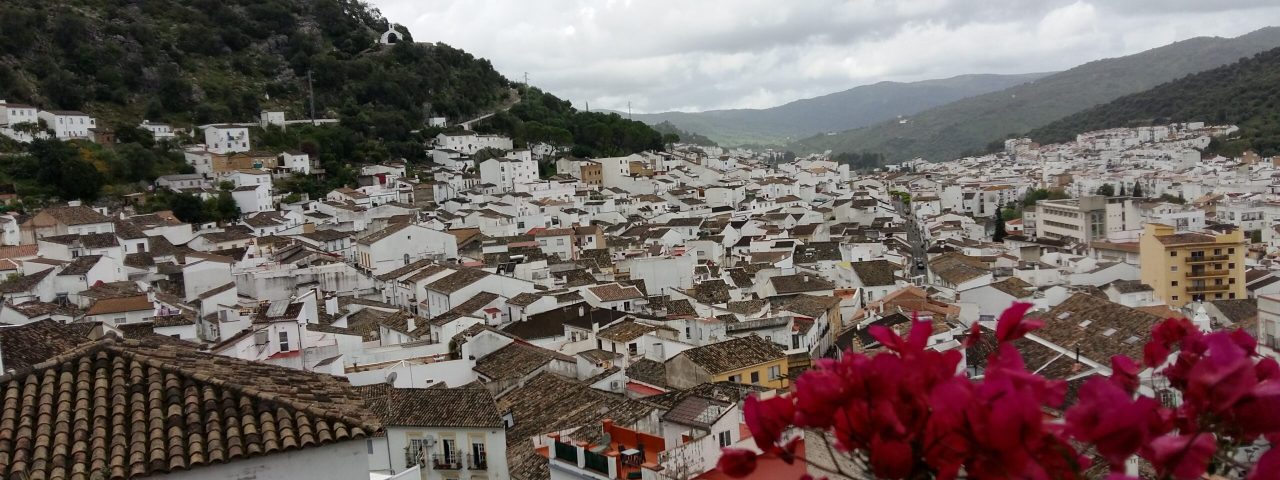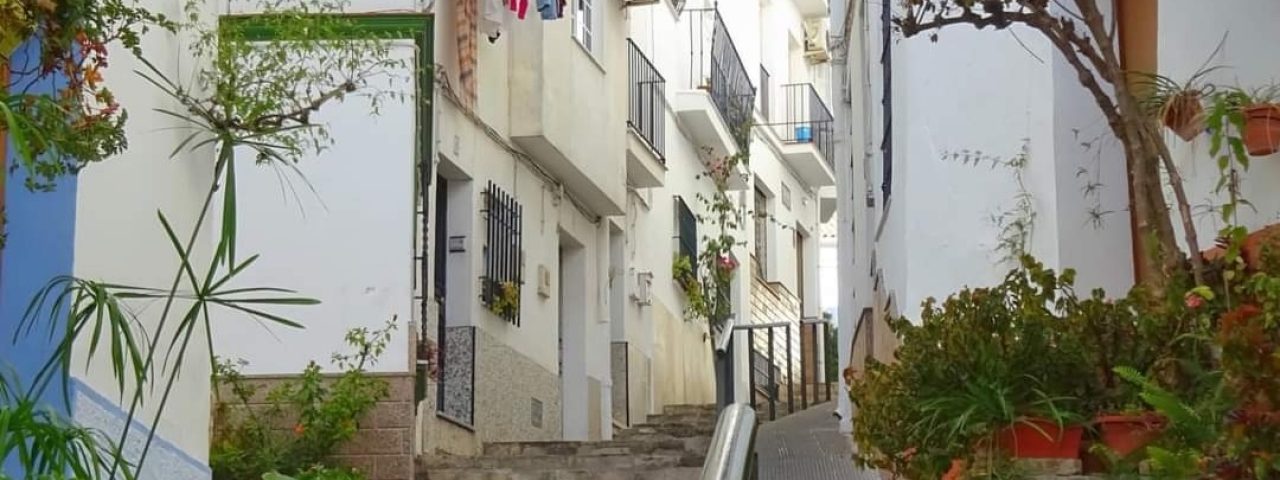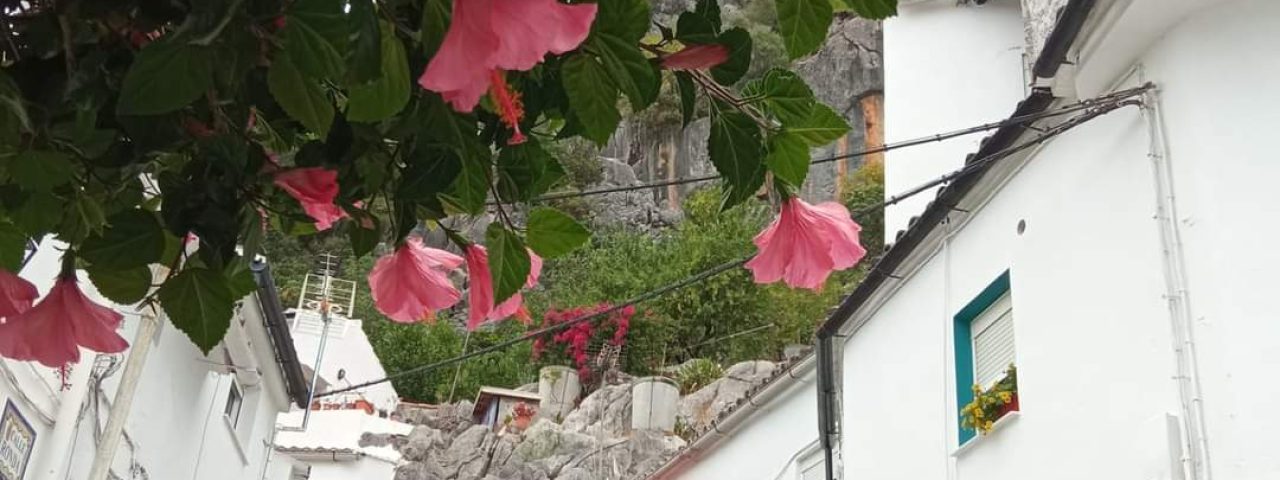Ubrique’s history stretches back to ancient times, with archaeological evidence pointing to settlements from the Roman era. The town flourished under Roman rule, and remnants of Roman roads and fortifications can still be found in the surrounding areas. During the Moorish period, Ubrique gained further significance due to its strategic position in the mountains, which provided natural defense. The town’s name is derived from Arabic, reflecting the Moorish influence that shaped much of Andalusia’s culture and architecture.
One of the most significant cultural aspects of Ubrique is its long-standing tradition of leather craftsmanship. For centuries, the town has been famous for producing high-quality leather goods, a tradition that dates back to the 17th century. Today, Ubrique is home to numerous leather workshops, where artisans create luxury products that are sold worldwide. The town’s Leather Museum showcases this heritage, making it a key cultural attraction for visitors interested in traditional craftsmanship.
Ubrique also celebrates various festivals throughout the year, the most famous being “La Crujía de Gamones,” held every May. This unique festival involves lighting bonfires and setting off the explosive flowering stems of the wild plant “gamón.” It is a festive and communal event where locals and visitors alike gather to celebrate the arrival of spring. Additionally, the town’s Holy Week processions are particularly significant, showcasing religious devotion through elaborate parades and traditional music.
